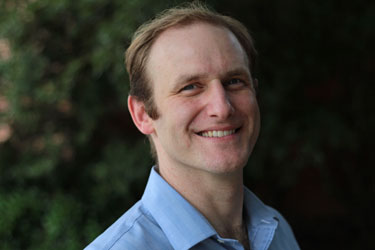Two centuries have come and gone since "The Star-Spangled Banner" was written, but one thing about the song hasn’t changed: It is hard to sing.
"It’s difficult for untrained singers and challenging for trained singers because it is long, and it has a wide range and melodic leaps," said Dr. Christopher Swanson, a Longwood University music professor who often performs the national anthem. "I would call it ‘medium hard.’ It’s easy for a singer to go out of tune. I’ve heard some doozies."
"You have to be ready for it, you have to be warmed up and stretched out. As with any song, you have to think about a lot of things while singing it, including breathing and posture and support. Singing is like spinning plates. You have all of these things that you have to think about, but you can’t think about them all at the same time. So your brain is constantly going from one to the other."
"The Star-Spangled Banner," said Swanson, is unusual for a hymn or anthem, most of which have a "narrow vocal range, don’t jump around a lot and stick in your head." Even he has flubbed the words, penned Sept. 14, 1814, by lawyer and amateur poet Francis Scott Key after witnessing the British bombardment of Fort McHenry in Baltimore harbor during the War of 1812.
"The poem is hard to remember," said Swanson. "It’s a very peculiar poem that asks a long rhetorical question. One sentence spans the entire first verse, which is a long verse for a hymn or anthem. I always worry about mixing up the words ‘gleaming’ and ‘streaming.’ I probably haven’t messed up the song often, but I think that I have."
Swanson’s worst experience performing the song—also one of the first times he sang it—occurred before a wrestling match at Michigan State when he was an undergraduate there. Due to reverberation from a faulty amplification system in a big gymnasium, he heard every line he sang three times. "That was confusing," he said.
Swanson wishes more Americans would sing along to the national anthem when it’s played in public.
"I prefer that people sing along—they always say, ‘Will you please rise for the singing of the national anthem,’ not ‘Will you please rise for the listening of the national anthem’—but we’re just not a singing culture anymore. Plus, some singers perform the national anthem in a way that makes it less welcoming to sing to—adding embellishments or stretching out tempo."
One of Swanson’s Longwood music faculty colleagues, Dr. Lisa Edwards-Burrs, who also teaches voice, sang the national anthem in front of President Obama in March 2012.
"The tricky part is to start off in a key that allows you to be successful in the second part, which is much higher. If you start too high, you’ll have problems," she said. "My kids have showed me bloopers of some bad renditions caused by this. Also, you have to have both a low and a high range, and usually there is no accompaniment so the spotlight is on the singer."
She and Swanson like the fact that prominent opera singer Renée Fleming sang the national anthem at the Super Bowl in February 2014, and they hope that more opera singers will be called upon in the future.
"It makes sense," said Swanson. "I find it unpatriotic when a person sings the song poorly. Why not find someone really good?"
Swanson sang the song July 16 at a minor-league baseball game in Lynchburg, Va., when he was introduced as conductor of the Lynchburg Symphony Orchestra and again Aug. 22 at Longwood’s annual honor and integrity ceremony. He will sing it Sept. 27 before the Genworth Virginia 10 Miler in Lynchburg in which he is running.
"I’m always a little nervous before singing it, especially at the ballgame when they asked me on the field before the game to also throw out the first pitch," he said. "I’m not an athlete, but I did just fine."

Dr. Christopher Swanson



Leave a Comment